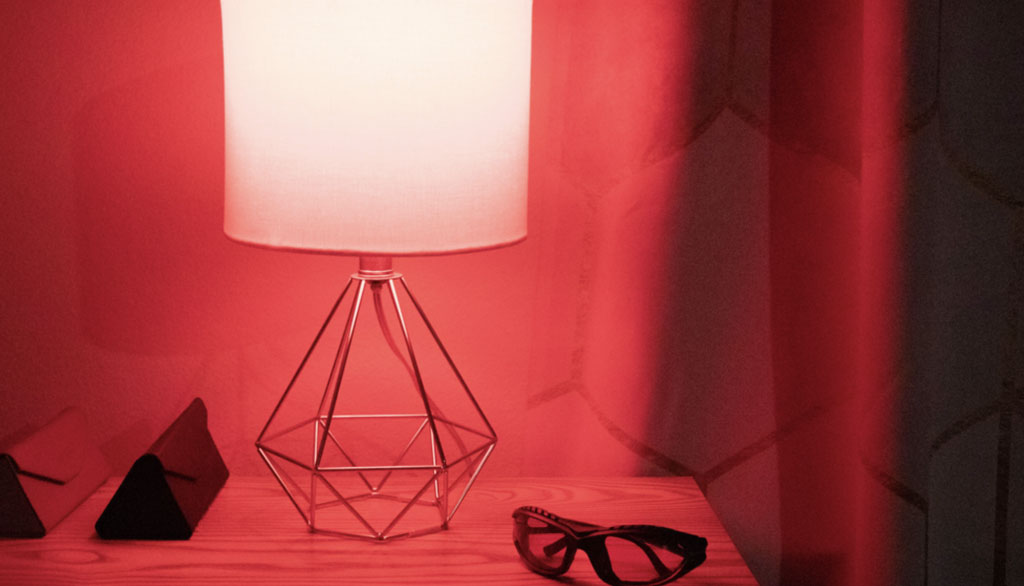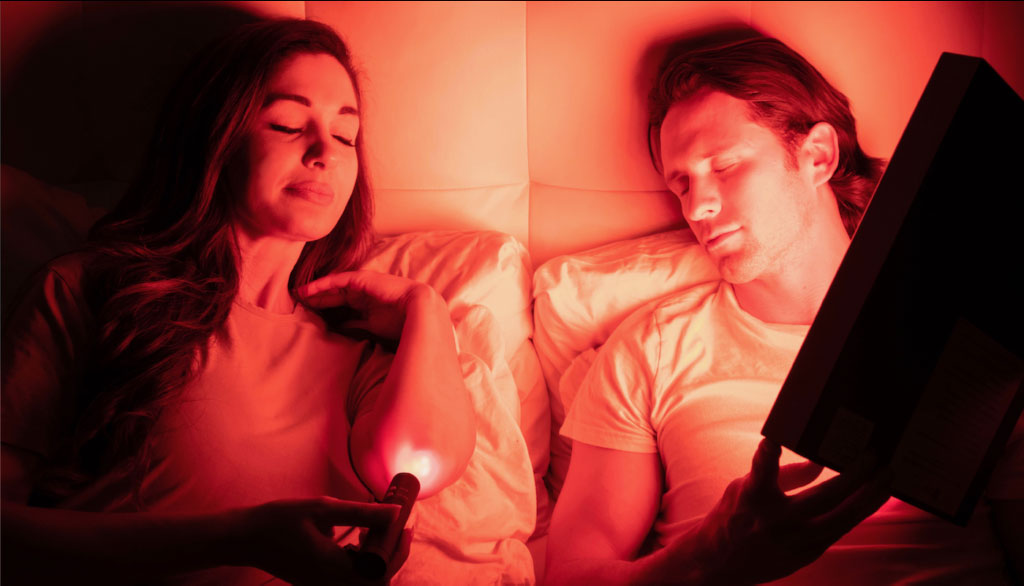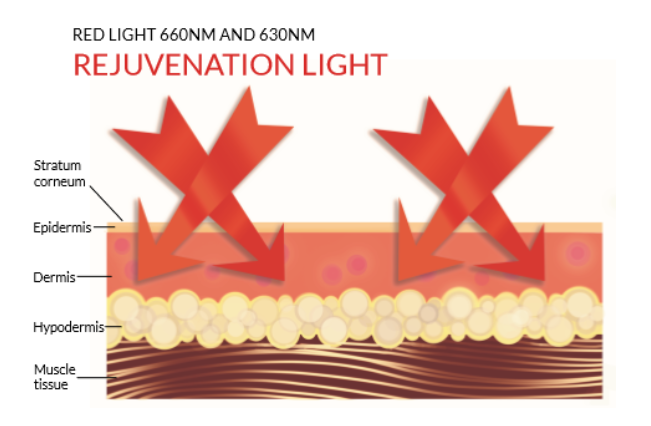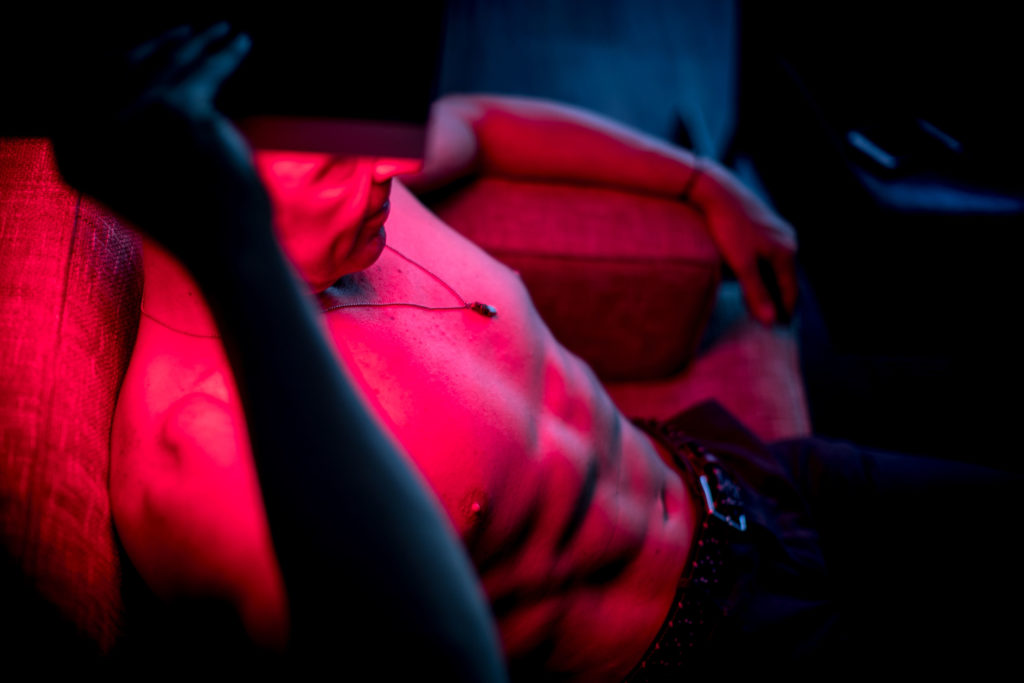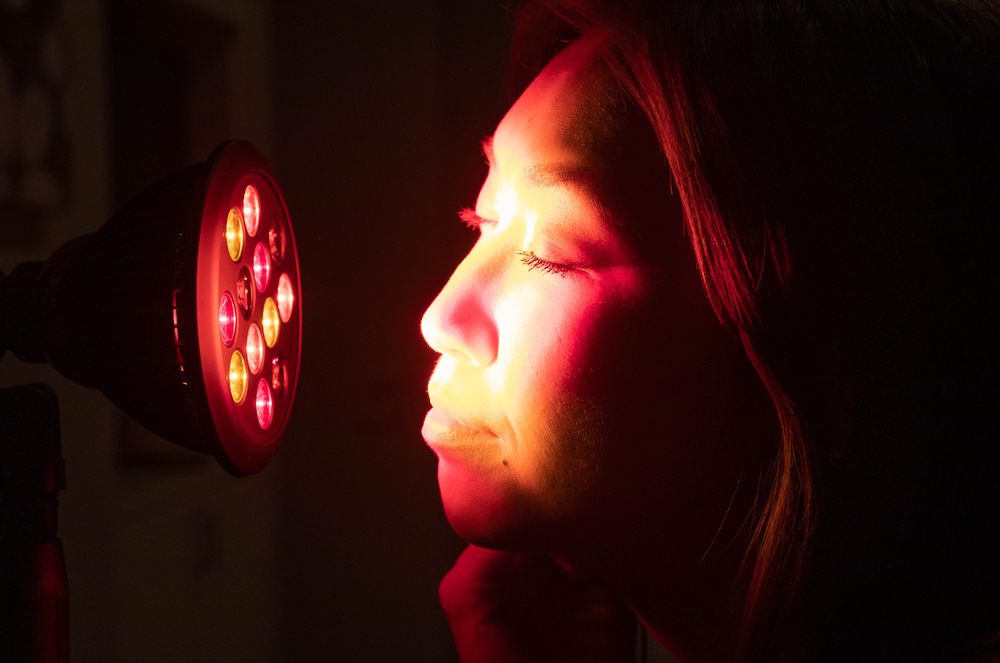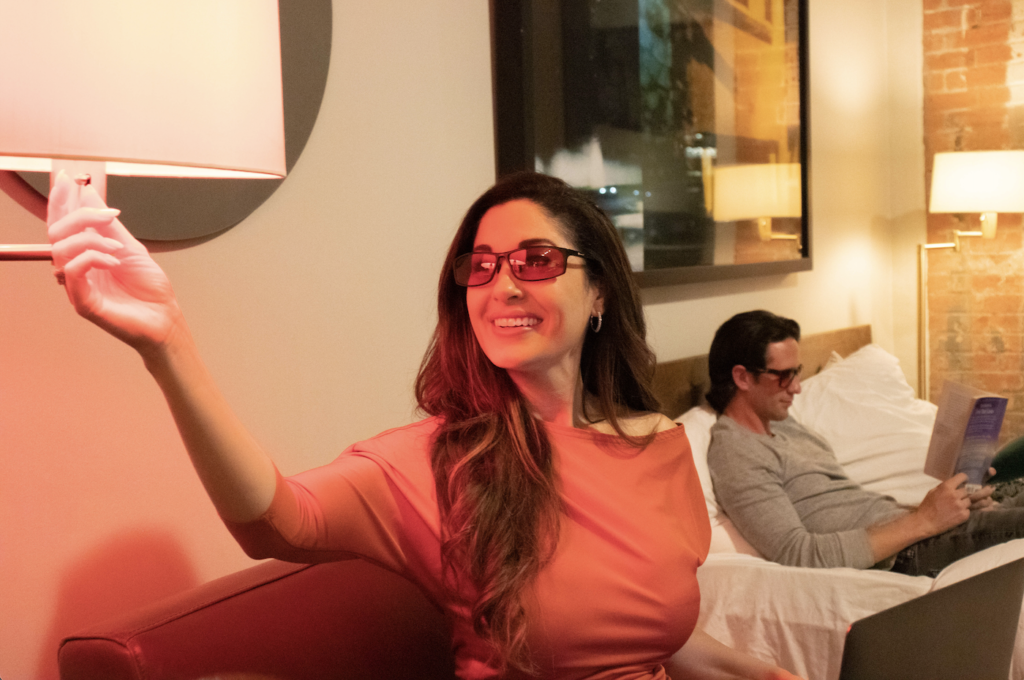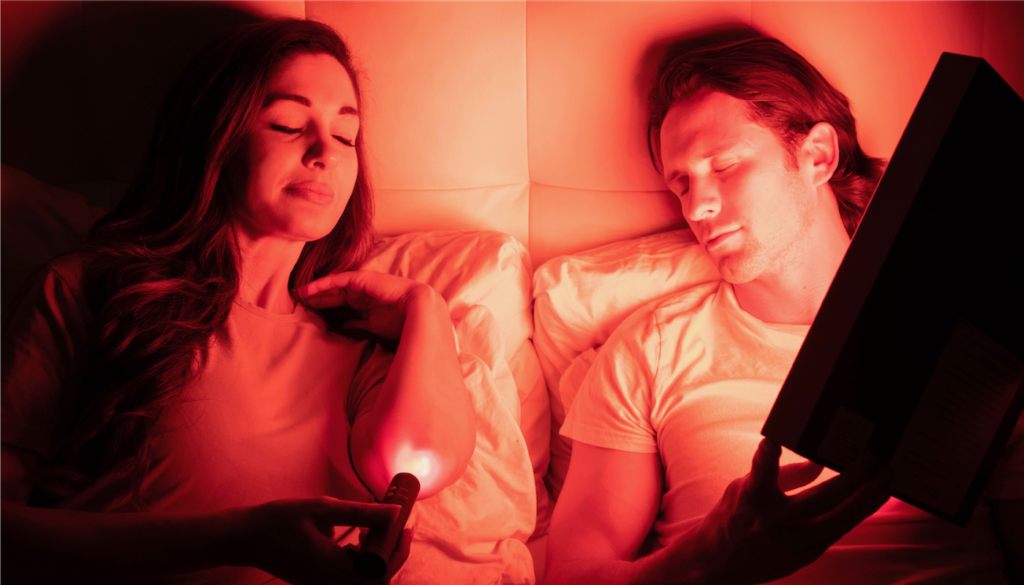Near Infrared Light Therapy: a Magic Pill for Better Health
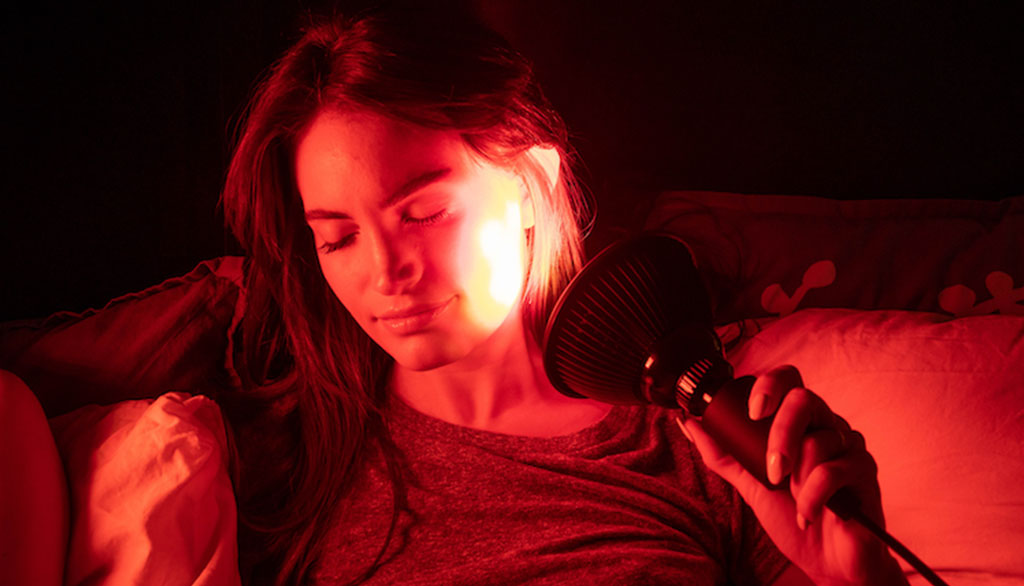
Article at a Glance:
- Near-infrared (NIR) light therapy is similar to red light therapy, except it is invisible to the human eye, and it has a deeper penetration level.
- This form of treatment is especially helpful with improving cellular energy (ATP) production, which can have a wide range of potential health benefits, including but not limited to cardiovascular health, pain and inflammation, detoxification, faster wound healing, improved thyroid function, and immune health.
- 850nm is considered the most effective wavelength for traveling through skin and muscle tissue to prompt deep tissue and wound healing.
- LED light therapy treatments may have even greater efficacy when NIR is paired with red and yellow (or amber) light.
- Why Near Infrared LED Light Therapy is Like a Magic Pill for Better Health
How does near-infrared light therapy work?
The basic premise is that long-wavelength lights stimulate cellular energy metabolism and energy production. Near-infrared (NIR) light therapy is similar to red light therapy, except infrared energy is invisible, and it reaches even deeper into the body — into soft tissues, muscles, joints, and bone. Three major photo acceptor molecules in mammalian tissues are known to absorb light in the NIR range: hemoglobin, myoglobin, and cytochrome c oxidase. Of the three, cytochrome c oxidase may be the most important mechanism of photobiomodulation (or low-level laser therapy, LLLT) and is associated with improved cellular energy (ATP) production.
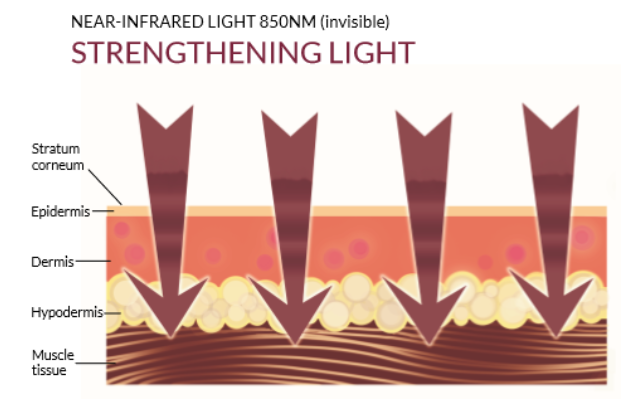
What are the benefits of near-infrared light therapy?
The key characteristic of (near) infrared light is its ability to penetrate not only deep layers of the skin, but also your body’s muscles and other tissues, and even down to the bone. This can provide faster healing and better pain relief. Infrared light is also incredibly safe, non-invasive, and painless with no known side effects. (It is widely used in the fields of medicine, dentistry, and veterinary medicine.) That’s why NIR is somewhat of a “magic pill” that may be able to aid in cardiovascular health, pain and inflammation, detoxification, muscular injuries, and more.
Key Benefits:
- Increases ATP production
- Increases antioxidant defenses
- Promotes anti-aging and anti-inflammatory effects(1)(2)
- Helps repair muscle tissues(3)
- Promotes faster bone and wound healing, as well as pain relief(4)
- Improves thyroid, hormone, and immune function
- Increases fertility
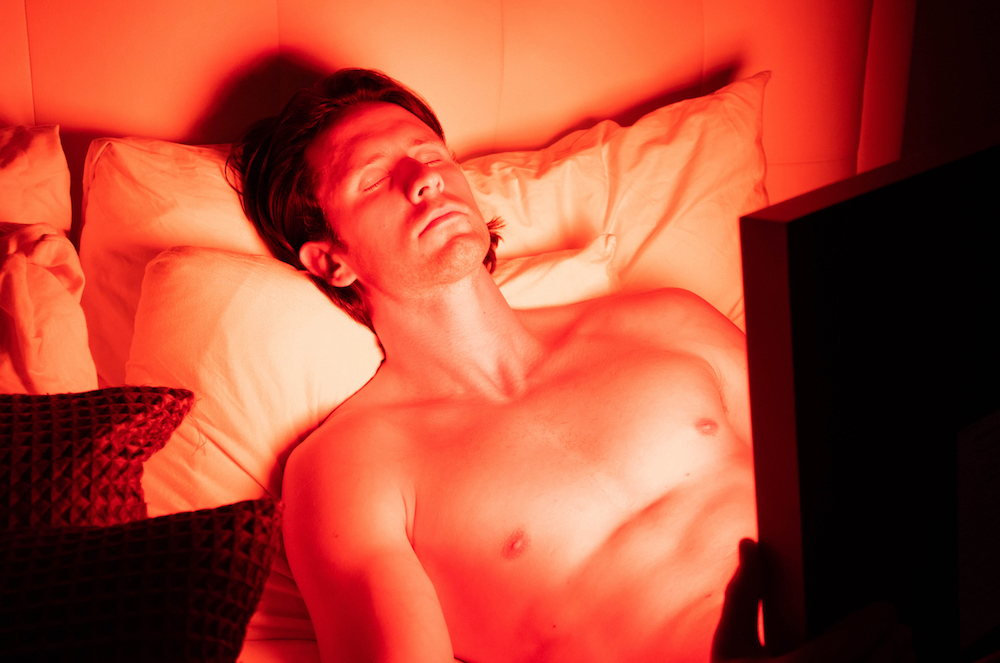
Which wavelengths of near-infrared light are the most effective?
Want to take your healing even further? Studies have shown that pairing near-infrared (850nm) with red light (630nm and 660nm) can have greater efficacy than if you were to only use one wavelength at a time to target the body. (5) More recent studies have also illustrated the potential skin healing benefits associated with yellow or amber light therapy (580nm). (6,7)
TrueLight® LED light therapy devices use a patent-pending combination of deep red, red, NIR, and yellow light to help heal the body from the surface of the skin all the way down to the bone. They also have steady and pulsing modes, where steady light can help reduce pain, and pulsing light can help body tissues heal more rapidly.
References
- https://www.ncbi.nlm.nih.gov/pmc/articles/PMC5364001/
- https://www.ncbi.nlm.nih.gov/pmc/articles/PMC6188498/
- https://www.ncbi.nlm.nih.gov/pmc/articles/PMC3635110/
- https://www.ncbi.nlm.nih.gov/pubmed/28935484
- https://www.ncbi.nlm.nih.gov/pmc/articles/PMC4291816/
- https://www.ncbi.nlm.nih.gov/pmc/articles/PMC4479368/
- https://pubmed.ncbi.nlm.nih.gov/27663159/

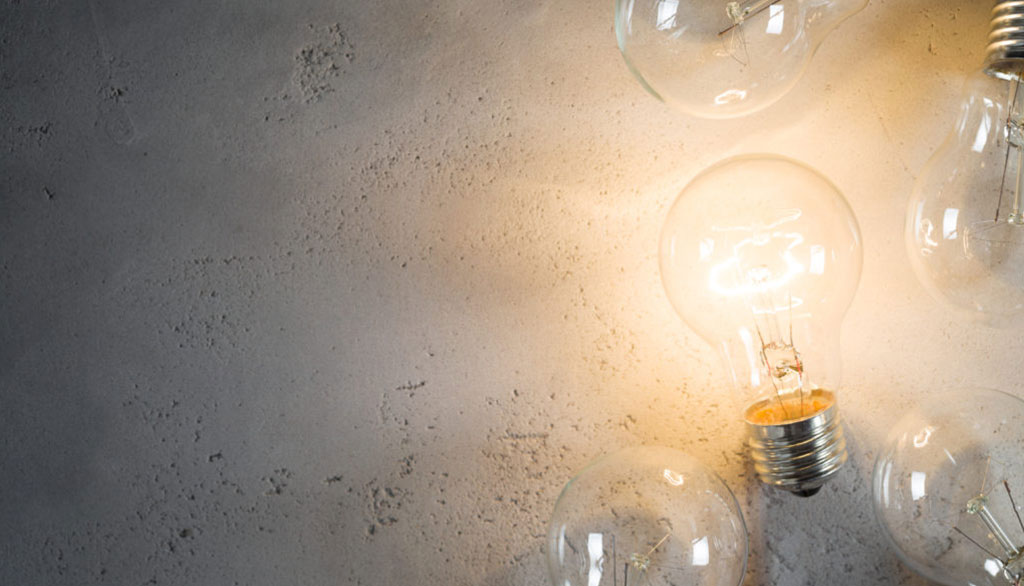
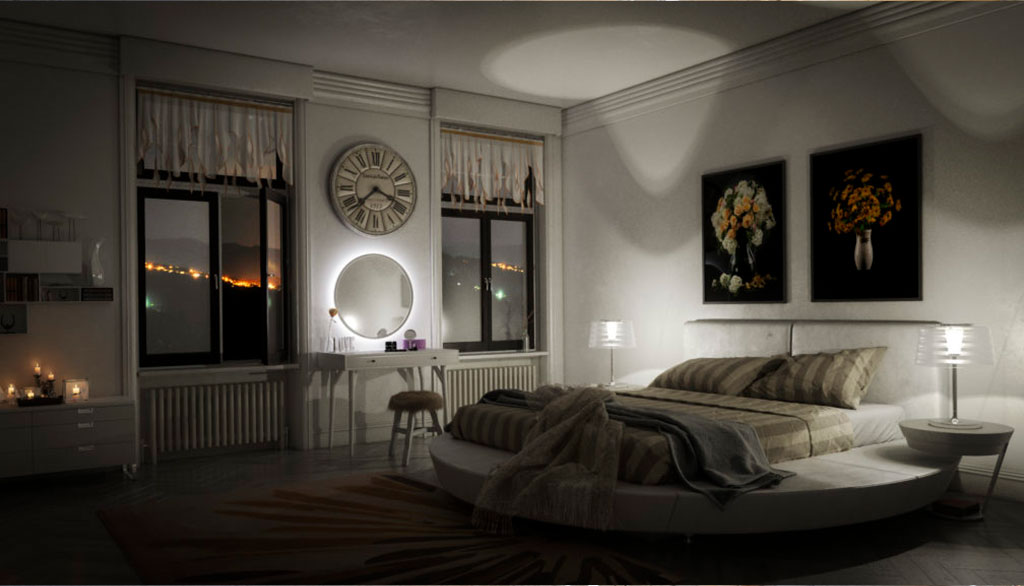
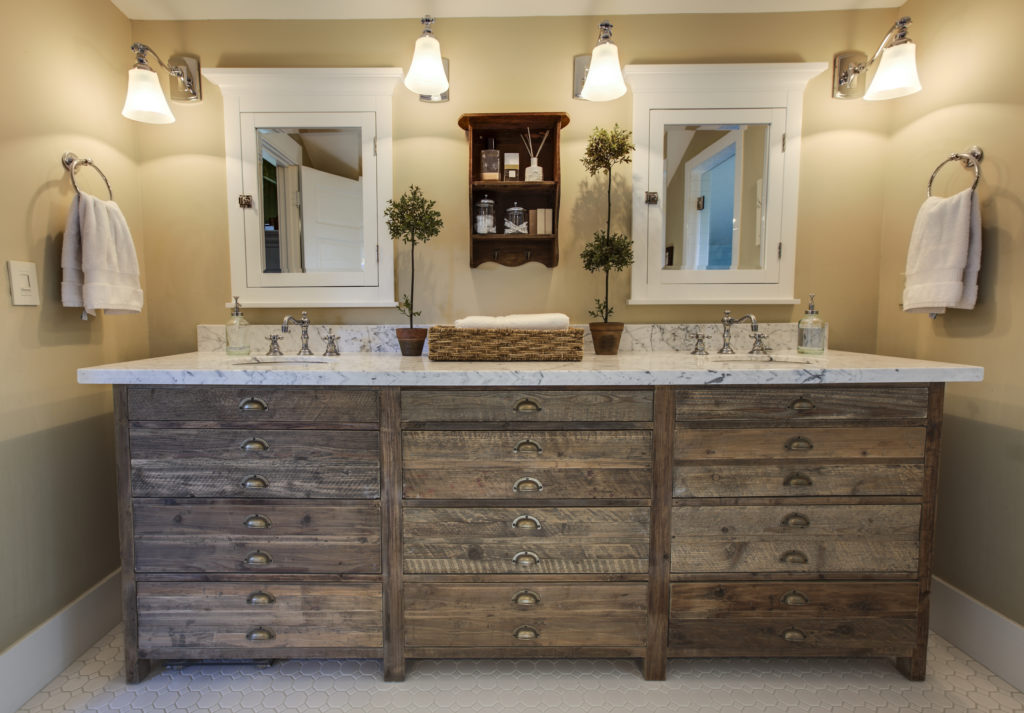
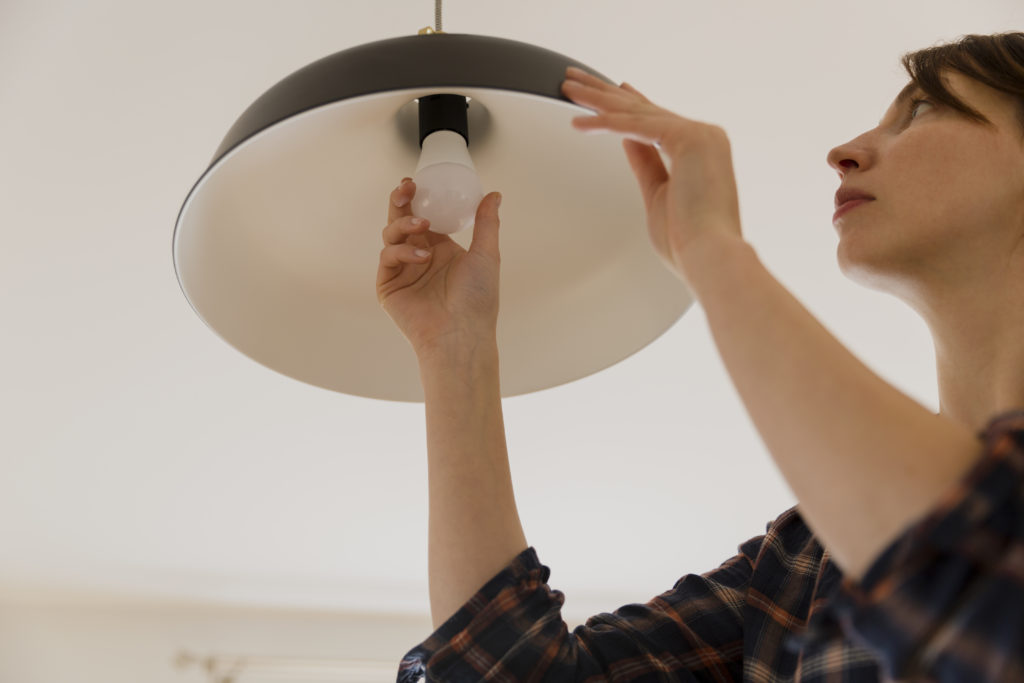
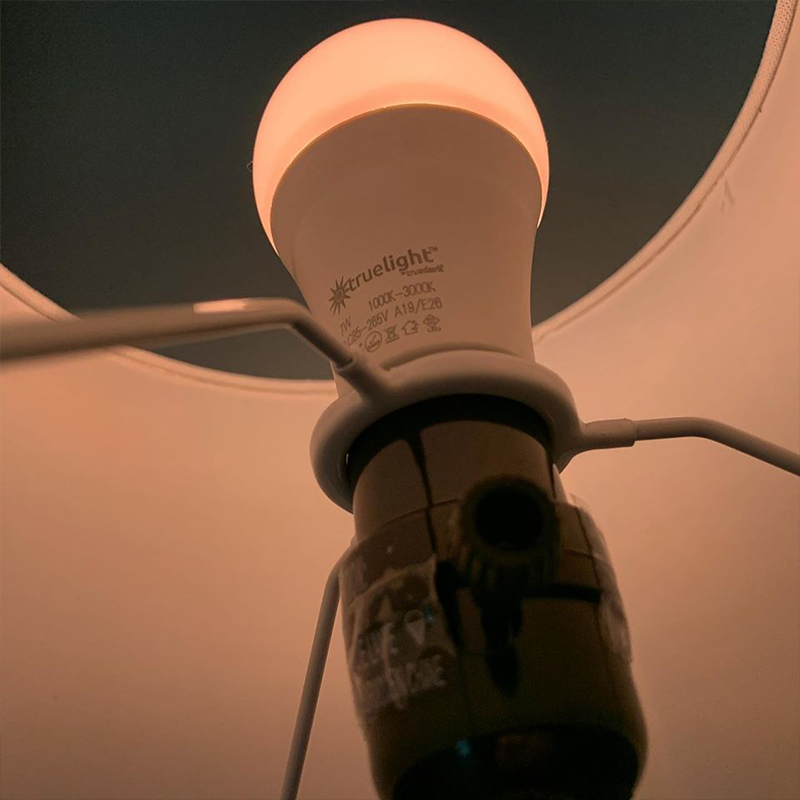
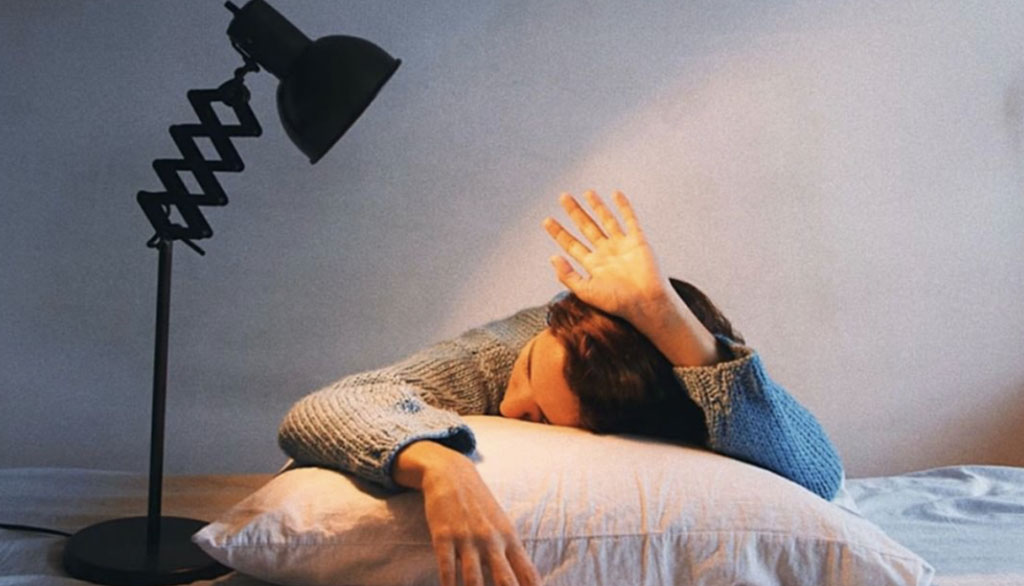
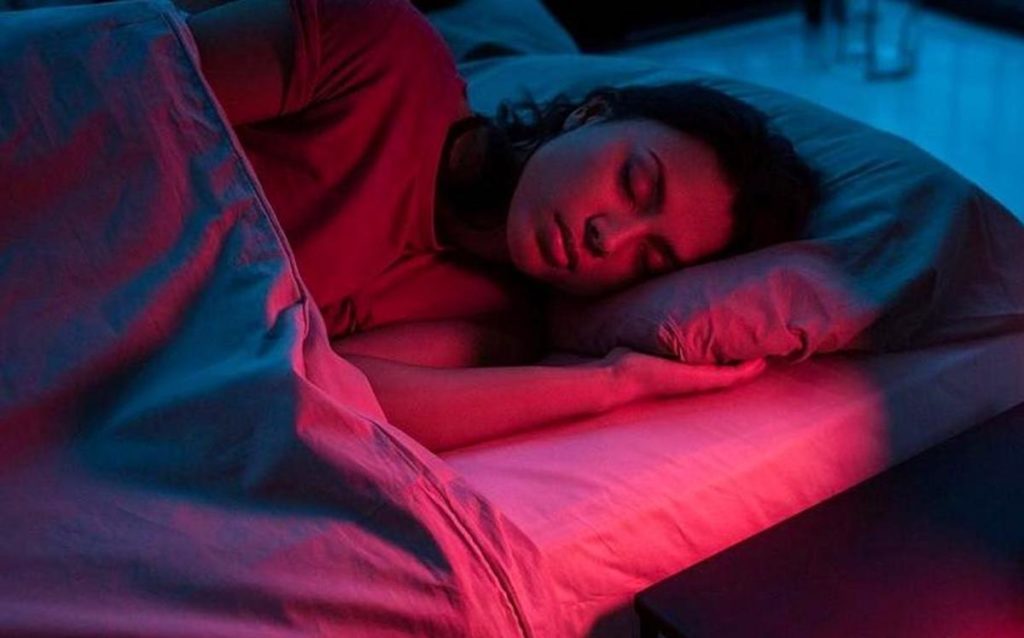 How Red Light Bulbs Promote Better Sleep
How Red Light Bulbs Promote Better Sleep